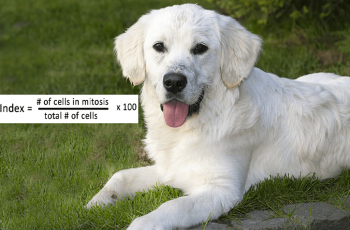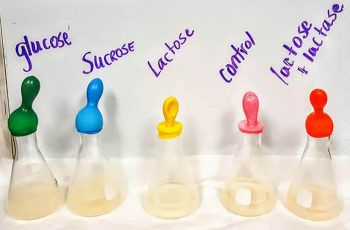Category: AP Biology
-
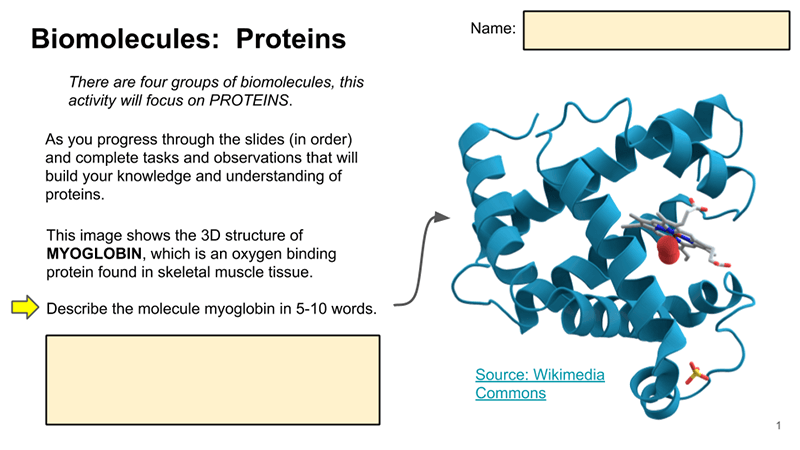
Biomolecules – Guided Learning
This lesson was inspired by a POGIL lesson on proteins. Like other process oriented guided learning activities, students examine graphics and information. Then they perform tasks to build their knowledge and understanding of the topic. The slides start with the basic structure of an amino acid, where students identify the carboxyl and amine groups. Then…
-
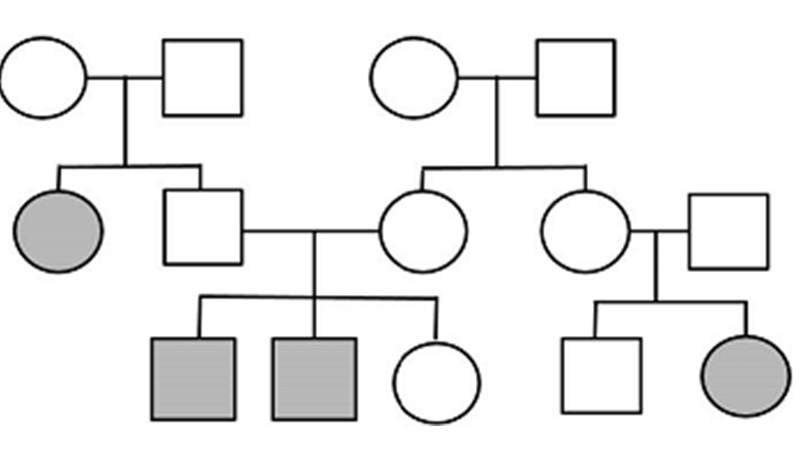
Pedigree Analysis – AP Bio
Designed for biology students studying genetics. Determine the inheritance pattern for human disorders, like Tay-Sachs or Marfan Syndrome.
-
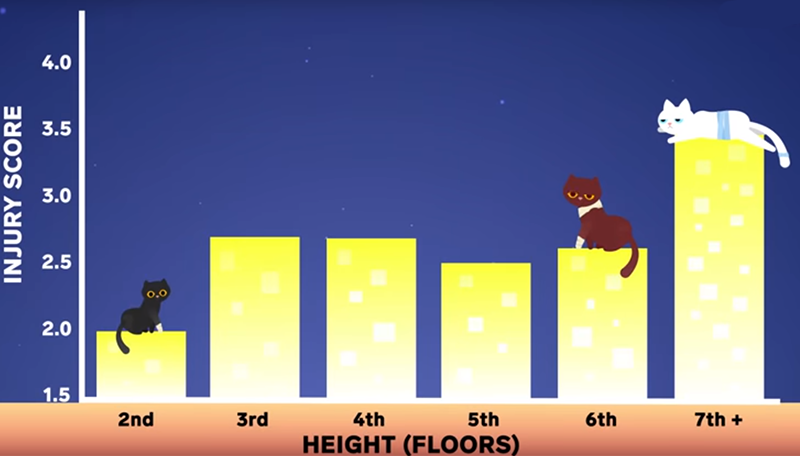
Falling Cats – CER
Students practice Claim, Evidence, and Reasoning (CER) while examining the relationship between falling height and cat injuries. The graphs show that cats who fall 2-7 stories often suffer more injuries than cats who fall from greater distances. Not much information is given about how the data was collected, though the original source is included, I…
-
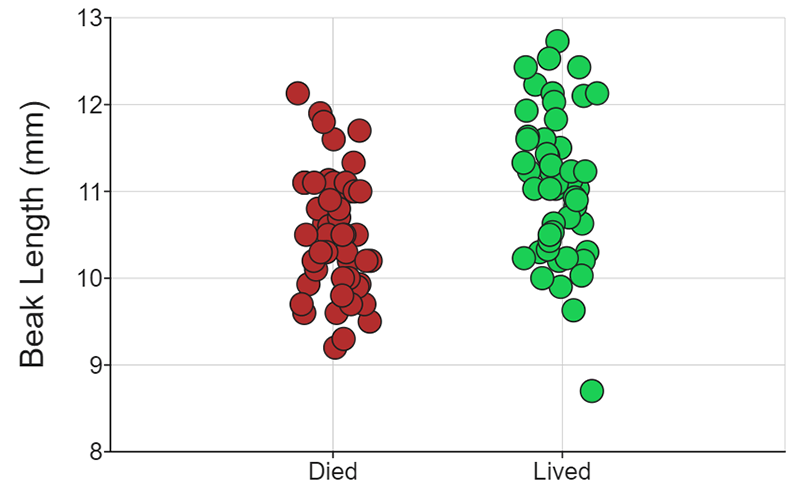
DataClassroom
High school biology classrooms often lack the time and resources to do long term studies and data collection that researchers engage in. Luckily for us, many projects make their data available for use by schools. Organizations like HHMI and Data Nuggets have created student resources that focus on analyzing real scientific data. One of these…
-
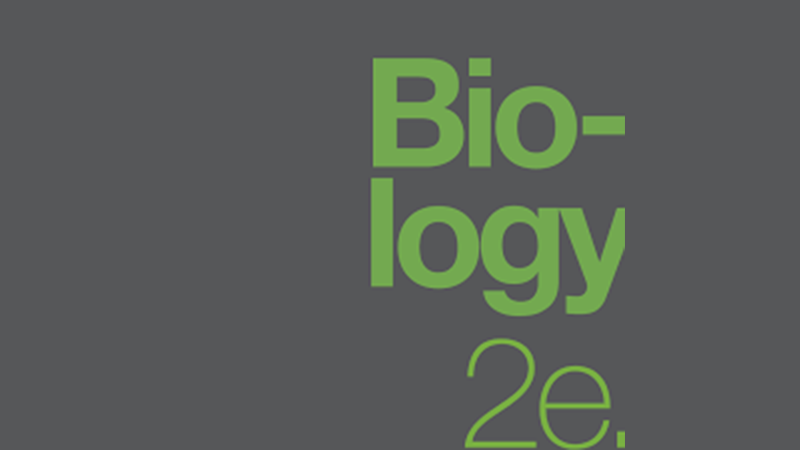
OpenStax Reading Guides
I use Openstax Biology 2e as a textbook for my AP Bio and dual credit class. Students can download this text for free, view it on their devices and print it out. You can even purchase a bound copy from Amazon for around $60, which is very reasonable for a textbook. This is the book…
-
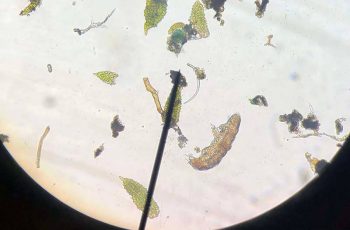
The Tardigrade Project
This project was created for AP Biology students where they scrape lichens from trees near campus and filter them over night so that tardigrades and other microorganisms can be collected from the water.
-
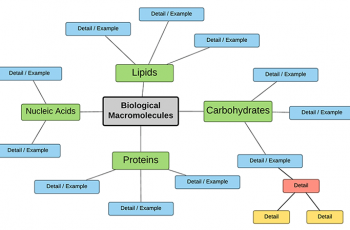
Create a Concept Map of Biomolecules
This activity asks students to work in groups to create a concept map (graphic organizer) on the biological macromolecules: carbohydrates, lipids, fats, and nucleic acids. Students are given brief instructions and a sample map to get them started, but they are responsible for determining what details are important in each section.
-
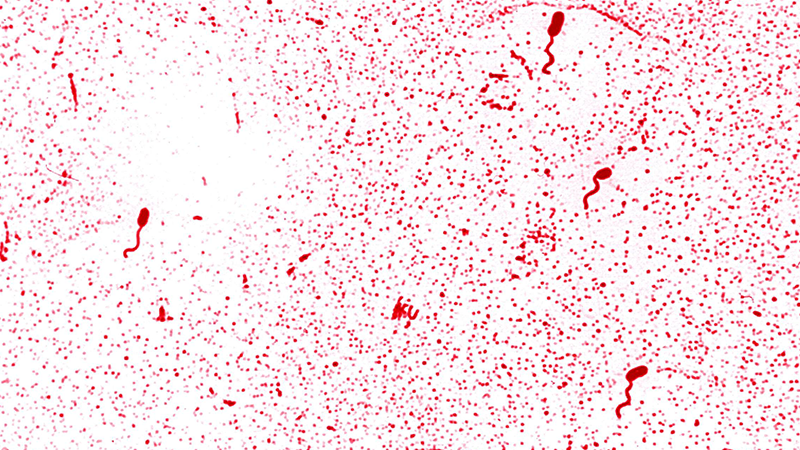
Case Study: How to Survive a Cholera Epidemic
In this case, students explore how cholera is spread and how it affects the body. The case is divided into four sections, with the first part focusing on the role of clean water supplies and the spread of bacteria. In the second part, the affects of the bacteria are examined, with attention on how the…
-
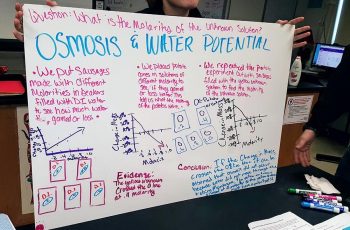
Review with Whiteboard Panels
In order to review for final exams and to also tie together the semester, I had my students create boards that summarized the labs they did during the semester. I choose 6 labs so that each group of three would be able create a whiteboard panel and do a mini presentation to the rest of…
-
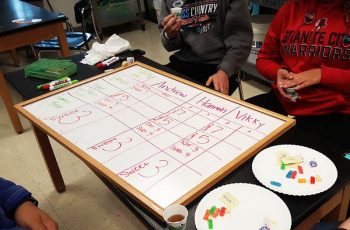
Investigation: Taste Buds and Signal Transduction
As a part of the chapter on cell signal pathways, students perform a lab that examines how their taste buds are affected by Gymnema. For this lab, I simply placed a question on the board “How does Gymnema tea affect your ability to taste sweet foods?” I provided them with a list of…
-
Macromolecules: Sketchnotes
In the past, I’ve had students create concept maps to help them organize the four macromolecules and related details. This year, I modified the assignment to try to encourage the use of sketching to help students remember the details. Students were asked to focus on one of the four macromolecules: lipids, carbohydrates, nucleic acids, or…
-
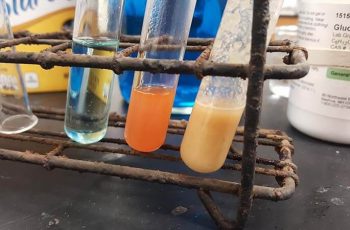
McMush Lab
I designed this investigation for AP biology though it could be modified to work with students in introductory biology classes. First students learn the four macromolecules important to life: carbohydrates, lipids, proteins, and nucleic acids. They can then venture into the lab where they use indicators to test for the presence of these molecules in…
-
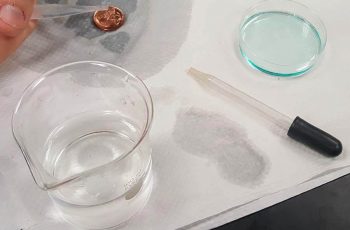
Investigation: Properties of Water (with Stats)
This investigation asks students to review the properties of water as they relate to life, usually a topic covered in the first or second chapter of most biology textbooks. Students then perform an experiment where they test the number of drops that can be placed on penny and compare that test to drops that…


